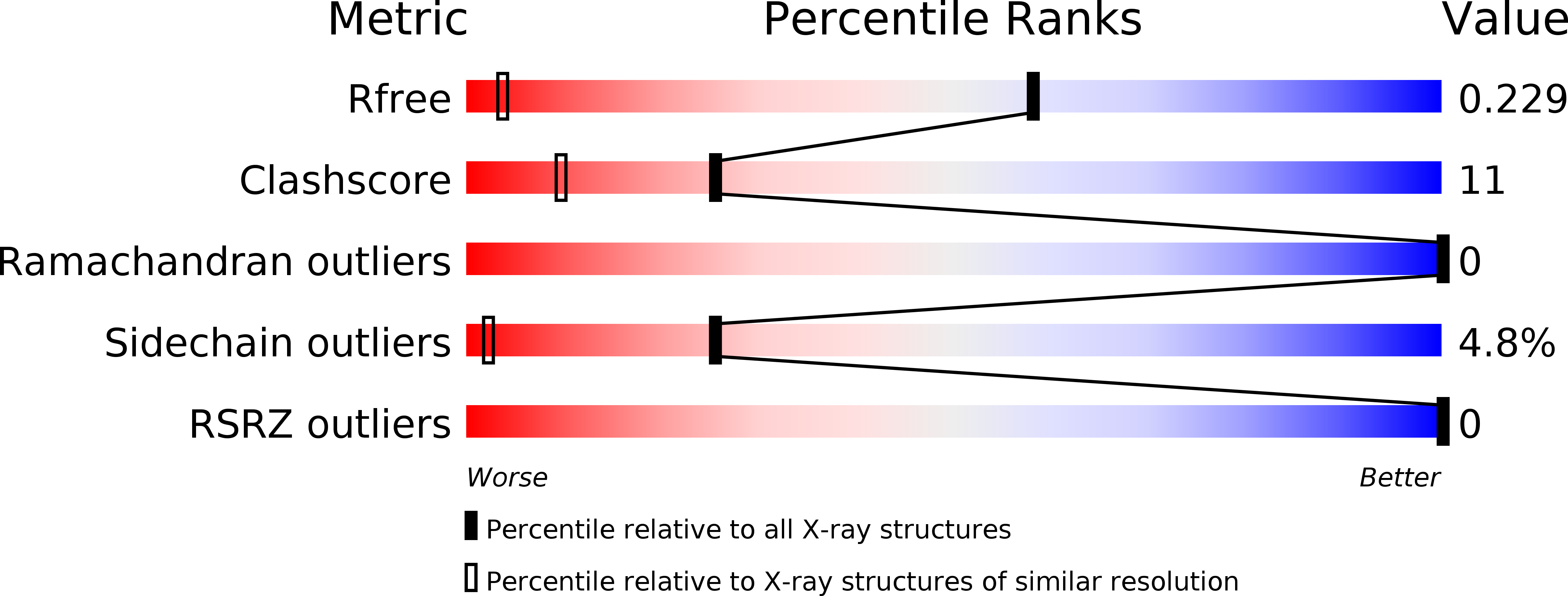
Deposition Date
2003-05-12
Release Date
2003-12-23
Last Version Date
2024-02-14
Entry Detail
Biological Source:
Source Organism:
Method Details:
Experimental Method:
Resolution:
1.17 Å
R-Value Free:
0.21
R-Value Work:
0.17
Space Group:
C 2 2 21


